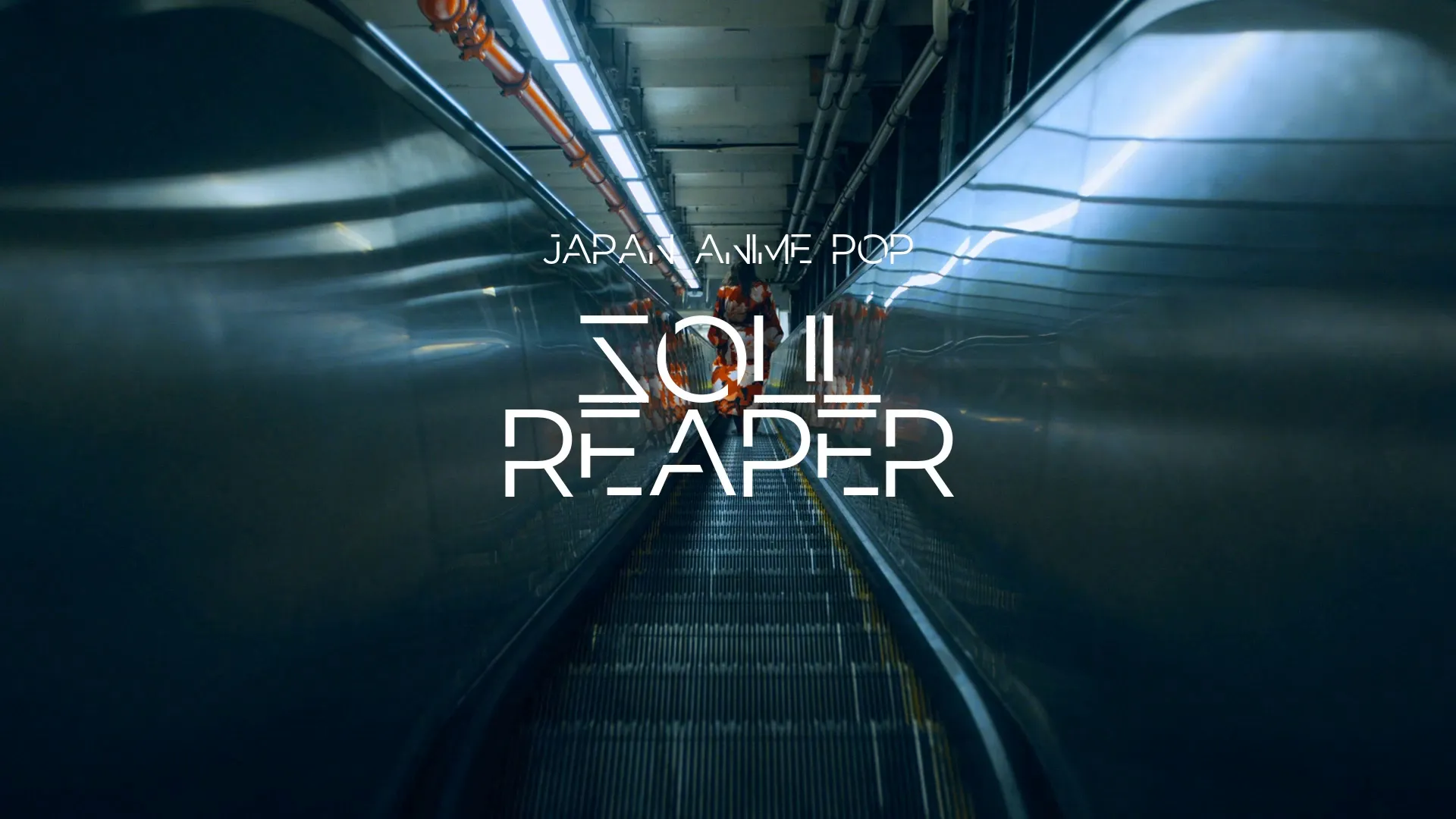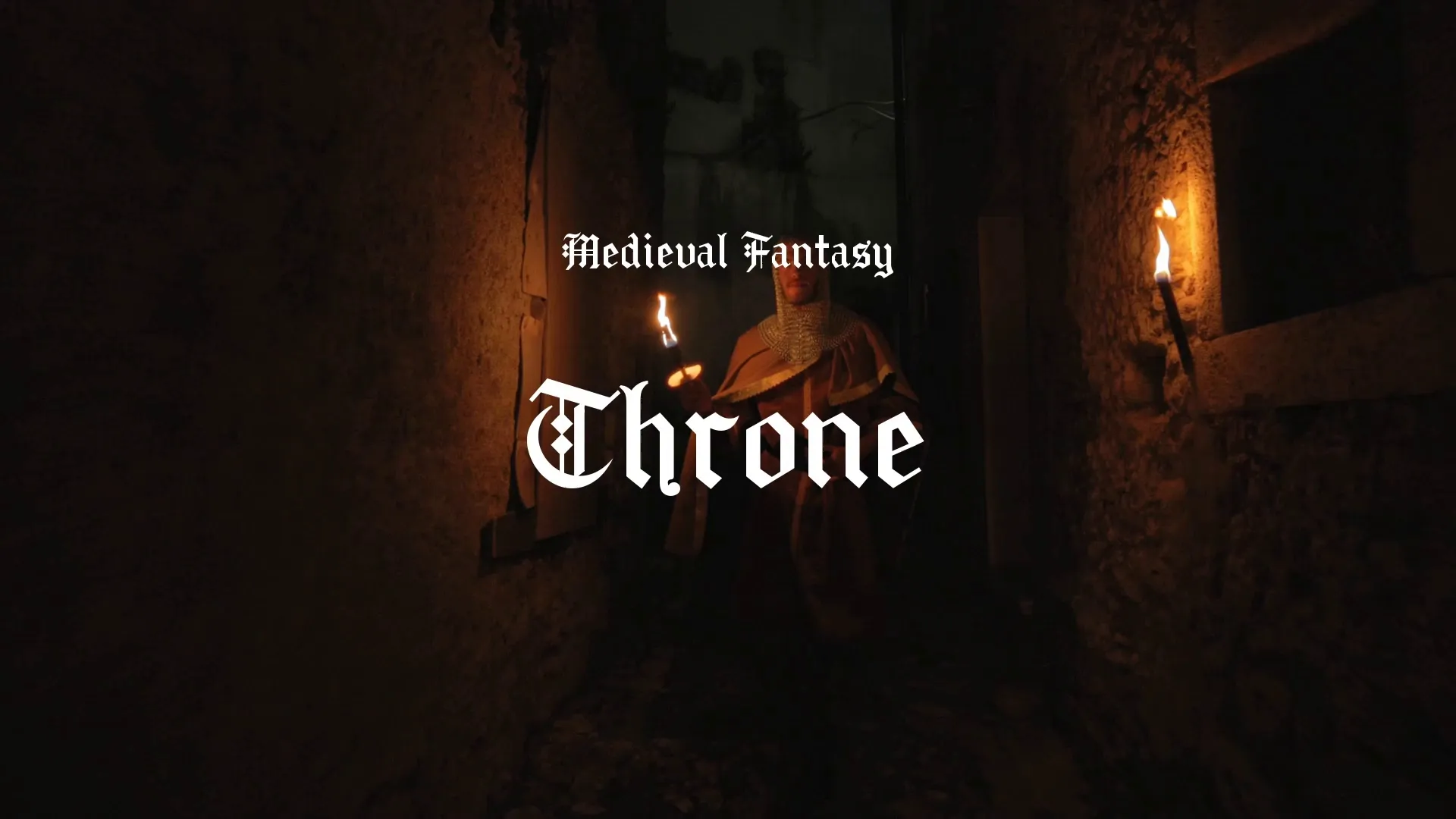Solo Dev "Sprints": Prototype Faster With Design Constraints
Rapid Prototyping: Embrace Design Constraints and Ship Faster
Solo development is a marathon, but it’s won in sprints.
The biggest problem solo developers face isn’t technical skill; it’s the relentless allure of scope creep.
We get lost in feature lists, infinite possibilities, and the “perfect” game that never ships. Feature paralysis hits, and projects languish.
Forget aiming for perfection. Instead, leverage design constraints as a potent prototyping tool. Constraints, paradoxically, unlock creative velocity.
Why Constraints are Your Secret Weapon
Constraints act as guardrails. They force focus. They turn “what could be” into “what must be right now.”
Consider genre constraints. Instead of building a sprawling RPG, build a roguelike RPG. The specific constraints of roguelikes—permadeath, procedural generation, turn-based combat—immediately prune your feature list.
Another classic trap is chasing the latest graphical fidelity. Instead, enforce an art style constraint. Pixel art, low-poly, or even entirely text-based. This isn’t a compromise; it’s a liberation.
I once spent three months building a complex animation system for a platformer. It looked great. Then, I realized the core gameplay wasn’t fun. Those three months were essentially wasted. Had I constrained myself to a simple, sprite-based animation system initially, I could have validated the core loop within a week.
Identifying Your Weak Points
Be brutally honest. Where do you consistently get bogged down? Are you a features person, always adding mechanics? Or a visual perfectionist, endlessly tweaking art assets?
Knowing your weakness is the first step to using constraints effectively. If you love adding features, constrain your game to a single mechanic. If you obsess over art, use placeholder art until the core gameplay is proven.
Common solo dev roadblocks include: -Overly ambitious scope -Perfectionism regarding art assets -Lack of clear direction or goals -Spending too much time on systems before validating core gameplay
Actionable Steps: The Constrained Sprint
Here’s how to structure a “constrained sprint” to rapidly prototype your game ideas:
Define a Core Loop: What is the essential, repeating activity that defines your game? Is it shooting enemies, solving puzzles, or building a base?
Create a free account, or log in.
Gain access to free articles, game development tools, and game assets.
.webp)






















